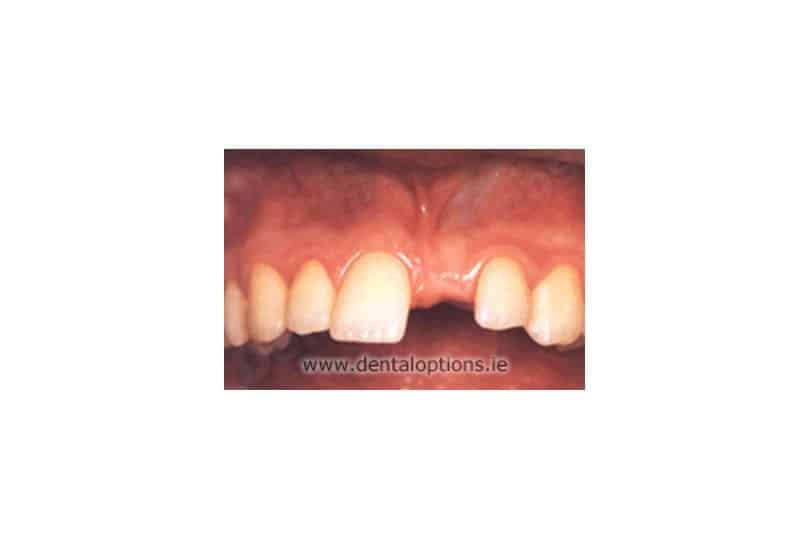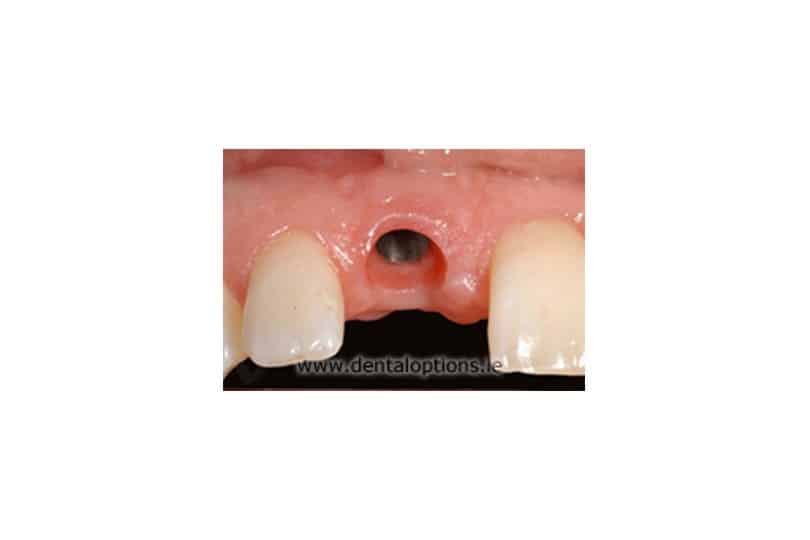What Are Dental Implants?
Missing teeth can often have a dramatically negative effect on the appearance of a smile. Until recently, the only solution to replace missing teeth was to place a bridge or removable partial denture. In either case, the lack of a tooth root in the area often results in collapse of the bone. This can lead to changes in facial appearance as well as poor dental aesthetics.
Your dentist can replace the root portion of a missing tooth with a dental implant, which can then be used as an anchor for a new tooth. These dental implants may be the best cosmetic and functional result for restoring a missing tooth.
Tooth Replacement
For the replacement of missing teeth it is imperative that dental implants are considered. Whether replacing a single tooth or several teeth, implants may provide a more natural appearance and feel. Unlike conventional bridgework, implants can provide tooth replacement without the need to cut down adjacent teeth. The dental preparation of healthy teeth can undermine their integrity and lead to further problems later on. In addition to preservation of the adjacent teeth, the implant also prevents the loss of bone in the area of the missing tooth. Immediately following the loss of a tooth the bone begins to melt away. Replacing the tooth with an implant restores function to the bone and prevents the resorption of the bone.
Still Not Sure? Take a Look at Some of Our FAQs
-
To replace a tooth with an implant, the implant will be placed in the bone in the position of the missing tooth root. This subsequently acts as an anchor to which a new crown is attached after the implant has undergone an integration period. The final restoration is placed by your dentist three to six months after the placement of initial dental implants.s here
-
A dental implant is a titanium metal rod which is placed into the jawbone. It is used to support one or more false teeth. In practice, both the false teeth and their supporting rod are known as ‘implants’.
-
Yes. You can have any number of teeth replaced with implants – from one single tooth to a complete set.
-
It depends on the state of the bone in your jaw. Your dentist will arrange for a number of special tests to assess the amount of bone still there. If there is not enough, or if it isn’t healthy enough, it may not be possible to place implants without grafting bone into the area first.
-
No. The implants need to bond (integrate) with the bone after they have been placed. This takes at least 3 months. If you are having one, two or three teeth replaced, you will have a temporary restoration in the meantime. If you have complete dentures, then you can wear them throughout the healing period once they have been adjusted after the surgery.
-
Cleaning around the teeth attached to the implants is no more difficult than cleaning natural teeth. However, there may be areas that give you problems and you’ll be shown methods to help.
-
Most artificial teeth attached to implants can only be placed and removed by the dentist. However, if you have complete dentures fixed to the implants by bars, then you’ll be able to take them out for cleaning.
-
Your dentist will make sure that the implants won’ t show during all normal movements of the mouth and lips. You will need to be able to see them, so that you can clean them properly.
-
No, unless you’re only having a single tooth replaced. Normally, five or six implants are used to replace all the teeth in one jaw, as each implant can usually support two teeth. For a few missing teeth, two or three implants may be used.
-
Implants and the teeth they support can be damaged by an accident in the same way that natural teeth can. However, if the false teeth are damaged and the remnants are left in the bone then they may be more difficult to remove than natural teeth would be. After healing, new false teeth can then be placed alongside the fragments.
-
This happens very rarely. If the implant becomes loose during the healing period or just after, then it is easily removed and healing takes place in the normal way. Once the jaw has healed, another implant can be placed there. Or, the dentist can make a bridge, using the implanted false teeth that have ‘taken’.
-
Unfortunately, yes. However, in many situations, the cost of the treatment is only a little more than the cost of more conventional treatment with crowns and bridges.
There are advantages to it, too. An implant to replace a single tooth avoids the need to cut down the teeth either side for crowns to support a bridge. Normal dentures often mean you can’t eat or speak well, due to the dentures moving about. But teeth attached to an implant don’t cause this problem.







